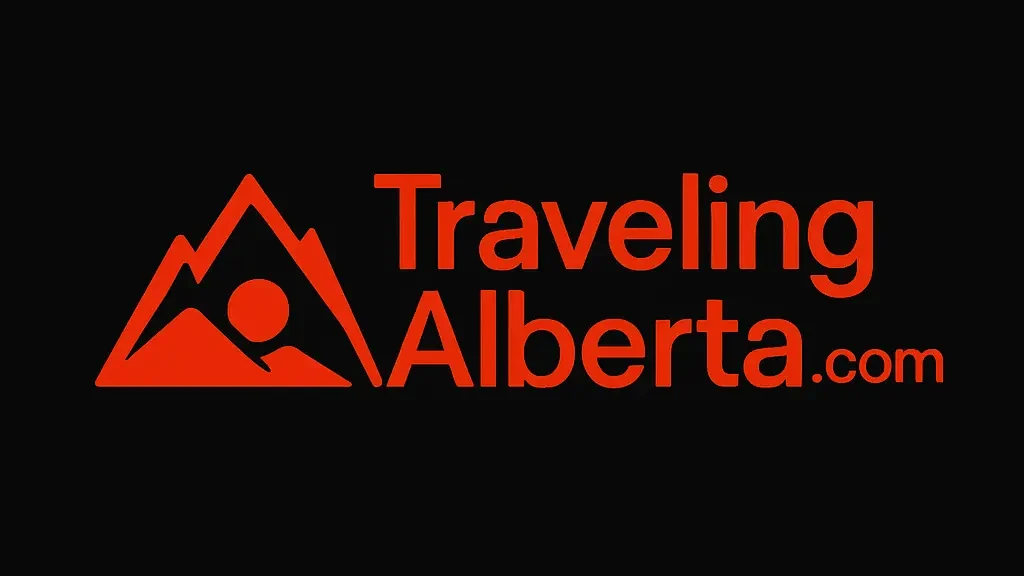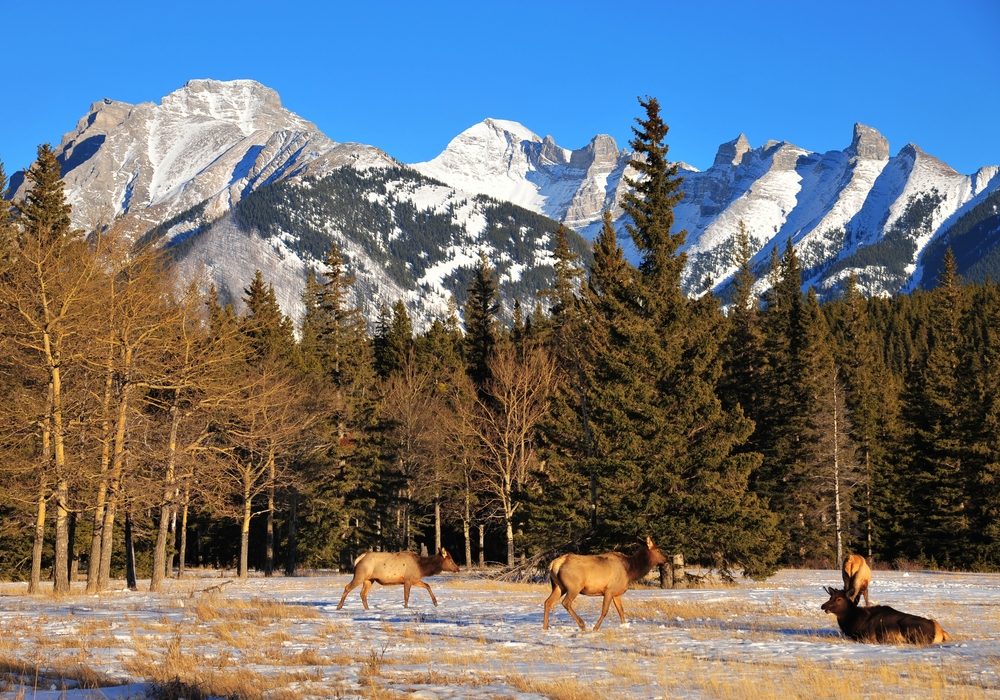Tucked away just 35 minutes east of Edmonton lies one of Alberta’s most breathtaking and underrated destinations — Elk Island & Beaver Hills. This remarkable region is a haven for wildlife, outdoor recreation, and cultural discovery. Unlike the towering peaks of the Rockies, this landscape offers a more intimate connection with nature. You’ll find dense boreal forests, peaceful lakes, and rolling hills shaped by ancient glaciers.
Elk Island National Park is famous for its wild bison, dark sky stargazing, and easy-to-navigate hiking trails. But the adventure doesn’t stop at the park boundary. Surrounding Elk Island is the Beaver Hills Biosphere, a UNESCO-designated area that blends protected ecosystems with sustainable human activity. The biosphere includes farms, towns, and Indigenous communities who have lived in harmony with the land for thousands of years.
Whether you’re here for a day trip, weekend getaway, or a full wilderness escape, Elk Island & Beaver Hills offer unforgettable beauty and discovery year-round.
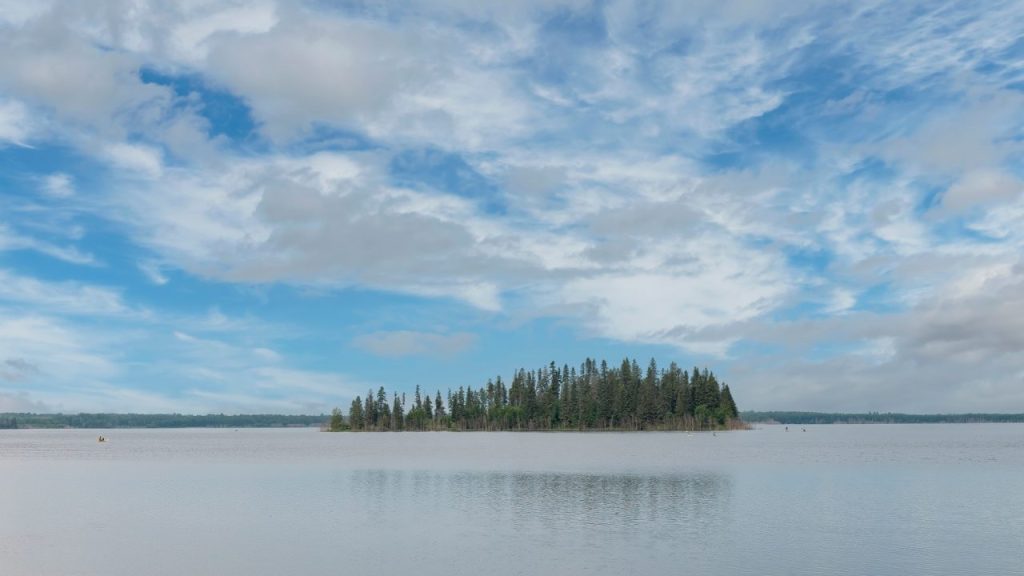
What Makes Elk Island & Beaver Hills Special?
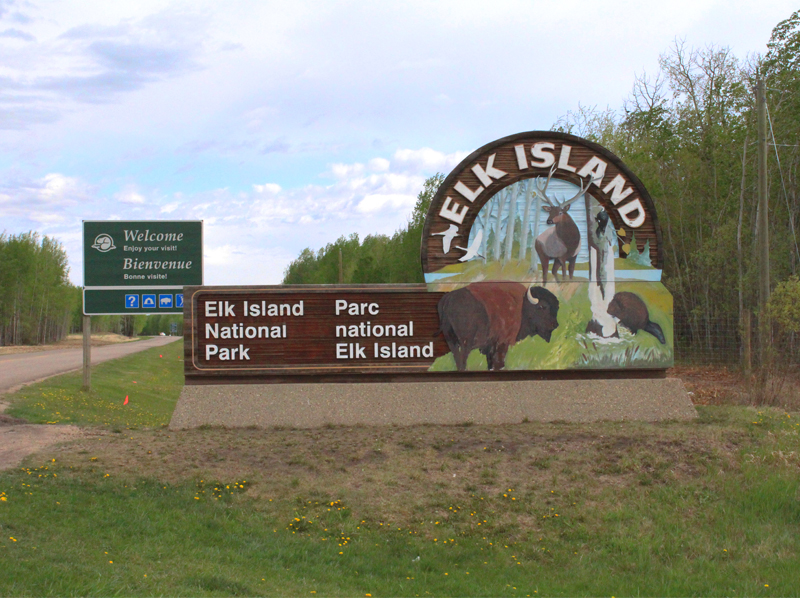
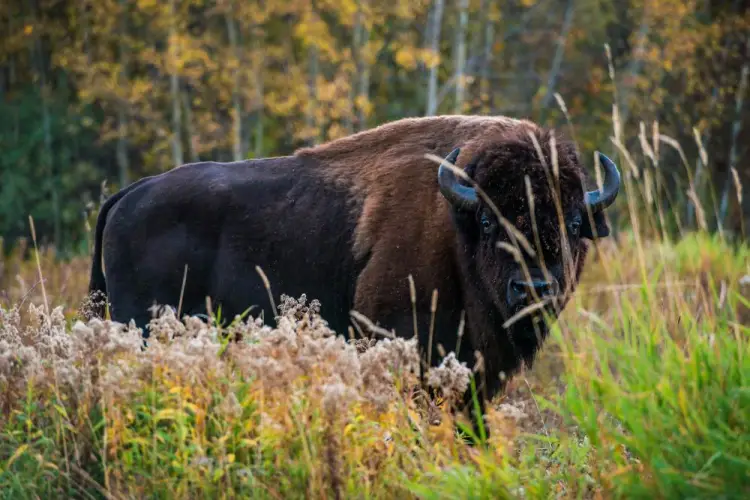
Elk Island National Park is unique in many ways. First, it’s one of Canada’s only fully fenced national parks, ensuring the safe protection and monitoring of its wildlife. The park covers around 194 square kilometers and plays a globally significant role in bison conservation. In fact, Elk Island helped save plains and wood bison from extinction — and today, you can witness these powerful animals roaming freely in herds.
The surrounding Beaver Hills region was recognized as a UNESCO Biosphere Reserve in 2016. What makes a biosphere special is its balance between environmental conservation and sustainable human activity. The Beaver Hills Biosphere contains over 1,500 square kilometers of protected natural landscapes, along with communities that engage in low-impact agriculture, education, and ecotourism.
What sets Elk Island & Beaver Hills apart is their accessibility. This is one of the few places in Canada where you can experience pristine wilderness, rich biodiversity, and Indigenous cultural heritage — all just a short drive from a major city.
Top Activities to Enjoy at Elk Island & Beaver Hills
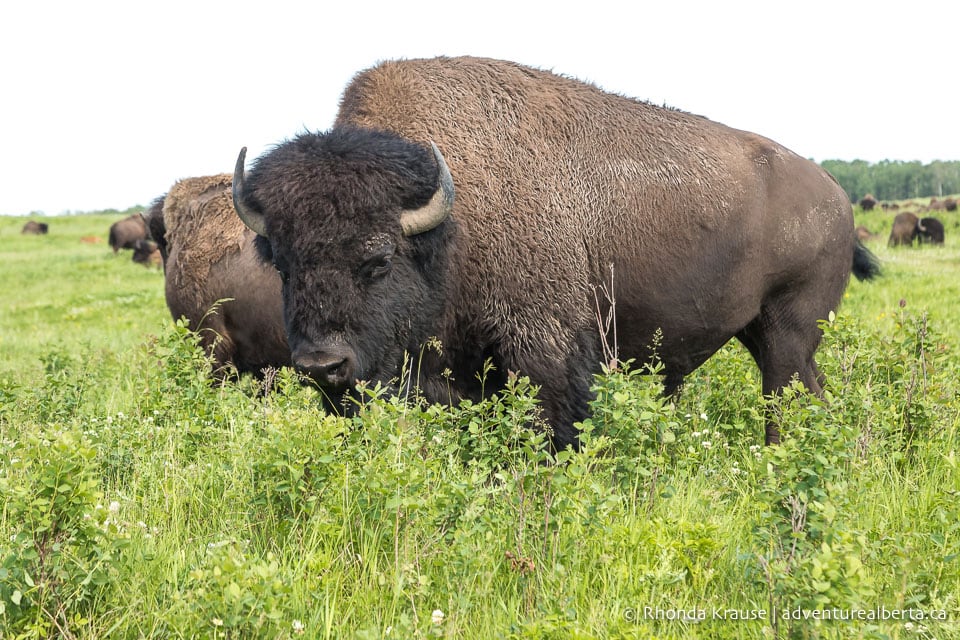
Wildlife Viewing & Bison Watching
Wildlife is the heart of Elk Island, and the stars of the show are the bison. The park is home to both plains bison and wood bison, and you can often see them grazing near the Bison Loop Road or crossing trails. These massive animals are awe-inspiring to observe from a safe distance. Early morning and evening are the best times for sightings.
In addition to bison, the park is home to elk, moose, beavers, porcupines, white-tailed deer, and over 250 species of birds. You might spot a great blue heron on the lake, a fox darting through the woods, or hear the eerie call of a loon echoing across the water.
For photographers and nature lovers, this is a dream destination. Just remember to bring your binoculars, zoom lens, and always respect wildlife safety distances (at least 100 meters from bison).
Hiking Through Diverse Landscapes
Elk Island offers some of Alberta’s best short and medium-length hiking trails, perfect for all ages and skill levels. Unlike mountain hikes, these trails take you through peaceful forests, meadows, lakesides, and wetlands that are rich with life and changing beauty throughout the seasons.
- Amisk Wuche Trail (2.7 km): This scenic loop includes boardwalks over wetlands and rolling forest paths, offering frequent wildlife sightings.
- Beaver Pond Trail (3.5 km): Named after the active beaver lodges along the route, this trail is especially charming in the early morning or at sunset.
- Shirley Lake Trail (7.6 km): A longer and quieter trail that rewards hikers with solitude and birdwatching opportunities.
Trails are clearly marked, and maps are available at the visitor center or trailheads. Don’t forget to dress in layers, wear sturdy footwear, and pack water and bug spray, especially in summer.
Paddling on Astotin Lake
If you’re looking for a peaceful water adventure, Astotin Lake is the crown jewel of Elk Island. This tranquil lake is dotted with small islands and surrounded by forest, making it ideal for canoeing, kayaking, or paddleboarding. Rentals are available during the warmer months near the day-use area, or you can bring your own.
What makes paddling here so special is the sense of stillness. As you glide over glassy waters, you might see ducks floating near the reeds, beavers building dams, or deer coming to drink at the water’s edge. The lake also features a small beach and numerous picnic spots with firepits and scenic views, perfect for a relaxing break.
Paddling is safe for beginners, and the lake’s sheltered shoreline ensures calm waters most of the time. This is also a great place to watch the sunset or enjoy a quiet moment in nature.
Stargazing in a Dark Sky Preserve
Few places near a city offer skies as dark and awe-inspiring as Elk Island. As a designated Dark Sky Preserve, the park has strict controls on light pollution, making it a prime destination for stargazing and night photography.
On a clear night, visitors can see thousands of stars, the Milky Way, and even the Northern Lights in the right conditions. The best stargazing area is near Astotin Lake, where there are stargazing platforms, benches, and educational displays.
Throughout the year, Elk Island hosts dark sky events in collaboration with local astronomers. These include telescope nights, meteor shower parties, and storytelling under the stars. Even without a telescope, the sky here is mesmerizing and humbling. Bring a blanket, dress warmly, and download a stargazing app to enhance your experience.
Whether you’re a seasoned astrophotographer or just want to lie back and look up, the night sky here is unforgettable.
Indigenous Heritage & Ecological Significance
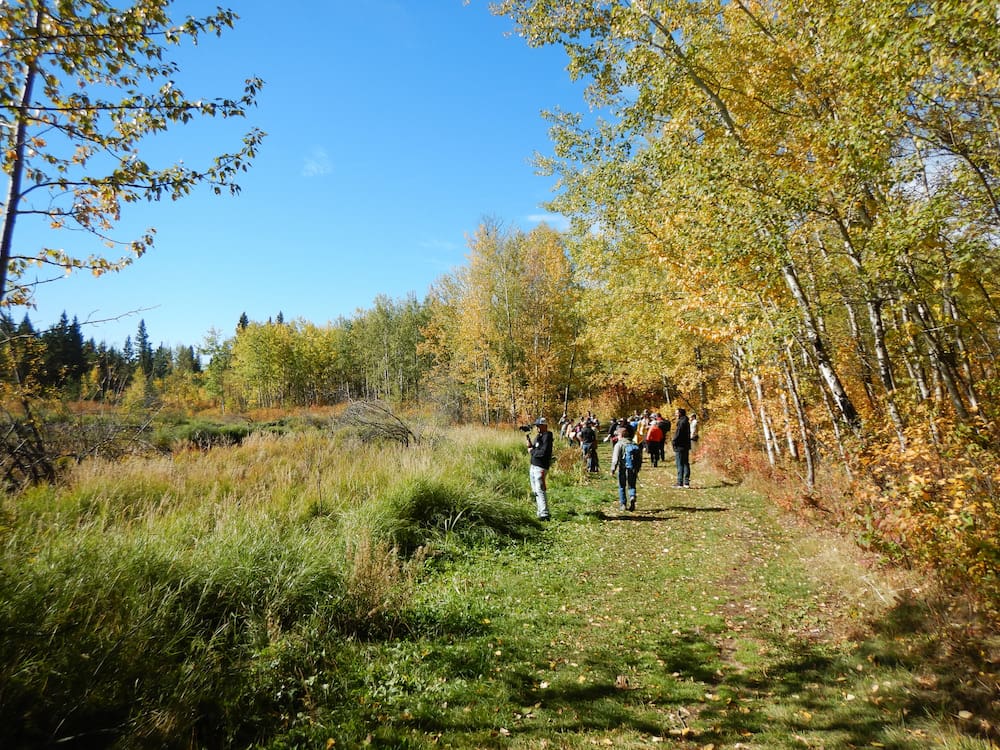
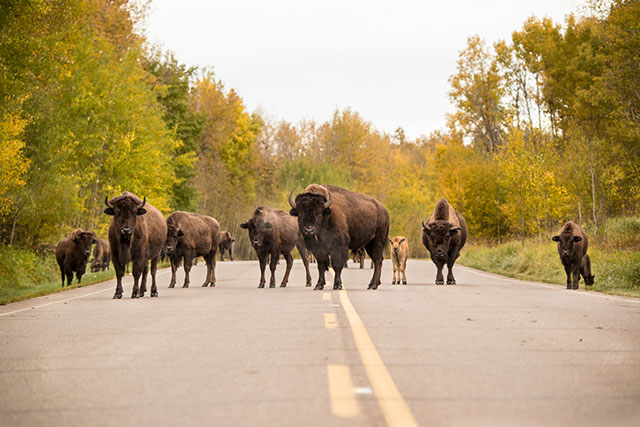
The Elk Island & Beaver Hills region is not only rich in biodiversity but also in cultural history and Indigenous knowledge. For thousands of years, First Nations and Métis peoples have lived on this land, using it for hunting, fishing, medicine, and spiritual practices. Today, many of their descendants continue to maintain cultural ties to this sacred area.
Educational signage throughout the park shares stories of Indigenous traditions, wildlife stewardship, and the spiritual importance of the land. Parks Canada also works in partnership with Indigenous communities to deliver cultural programs, events, and conservation projects.
Ecologically, the Beaver Hills are part of a rare aspen parkland ecosystem that supports a mix of prairie and boreal species. Glacial formations, kettle lakes, and wetlands create diverse habitats that are critical for both resident and migratory species. As a UNESCO Biosphere Reserve, the region serves as a global model for how humans and nature can coexist sustainably.
When to Visit Elk Island & Beaver Hills
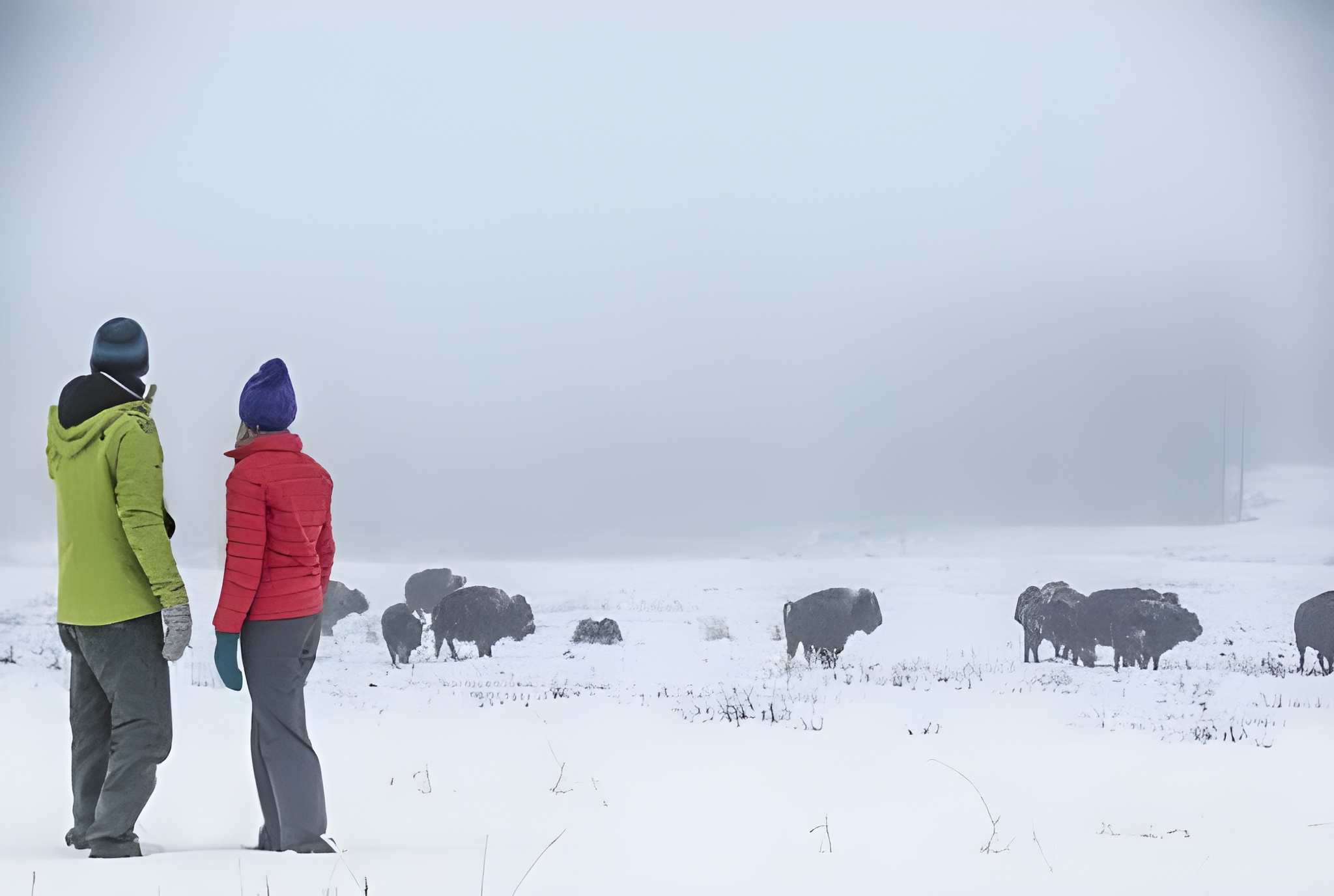
- Spring (April–June): A great time for birdwatching, newborn wildlife, and quiet trails. Temperatures are mild, and wildflowers begin to bloom.
- Summer (July–August): Ideal for paddling, hiking, and camping. All services are open, and the long daylight hours let you enjoy full days of outdoor fun.
- Fall (September–October): Cooler temperatures and golden autumn leaves make this a photographer’s paradise. It’s also elk and bison rutting season.
- Winter (November–March): Snow-covered forests, cross-country skiing, and skating on Astotin Lake create a peaceful winter wonderland. It’s also a great time for stargazing.
Practical Tips for Visiting
- Location: 35 minutes east of Edmonton via Highway 16
- Entry: Daily fee or Parks Canada Discovery Pass
- Hours: Open 24/7 year-round (visitor services vary by season)
- Camping: Astotin Lake Campground (book in advance during summer)
- Stay Options: Nearby towns like Lamont and Tofield, or glamping at Elk Island Retreat
- Wildlife Safety: Stay 100+ meters away from bison and moose. Never feed animals.
- Essentials to Bring: Water, snacks, weather-appropriate clothes, bug spray, camera, flashlight, and maps.
Final Thoughts
Elk Island & Beaver Hills is a nature escape that blends wilderness, culture, and sustainability. With its roaming bison, shimmering lakes, accessible trails, and dark skies, it offers a peaceful yet powerful experience for every visitor. Unlike more crowded parks, this region invites you to slow down, listen to nature, and reconnect with something timeless.
Whether you’re stargazing beside Astotin Lake, hiking a quiet trail, or learning about Indigenous history, you’ll leave with a deeper appreciation for Canada’s hidden wild spaces. Elk Island & Beaver Hills isn’t just a destination — it’s a reminder of what we can protect and celebrate, together.
